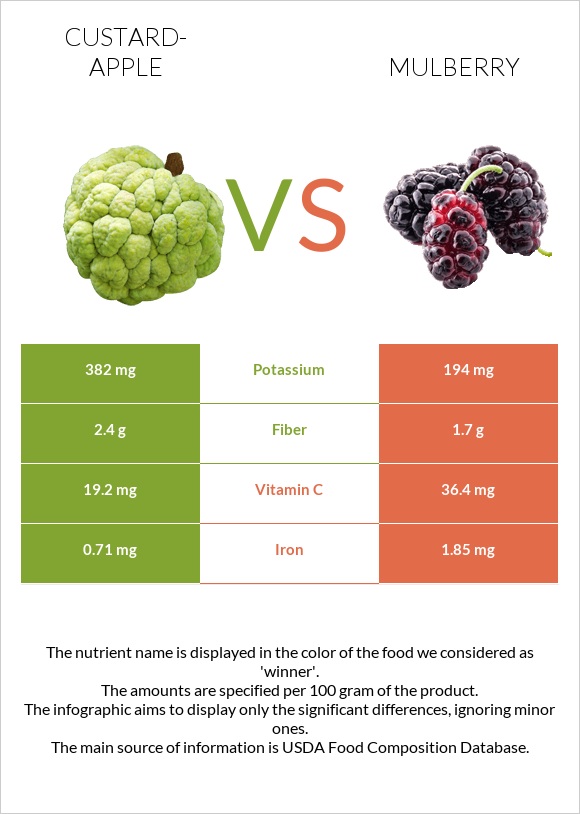
Results from human studies are mixed, depending on the type of study performed. Animal and cell studies have found that these chemicals can prevent new cancer cells from growing and the spread of existing cancer cells. The phytochemicals and fiber in apples have antioxidant effects that may protect a cell’s DNA from oxidative damage, which is a precursor to cancer. A cohort study following almost 75,000 Swedish men and women for 10 years found a significant association: lower risk of stroke was seen in the group with the highest intakes of apples compared with the lowest intakes.A study of more than 66,000 women from the Nurses’ Health Study found that, when comparing the highest and lowest intakes of flavonoids, there was no difference in rates of heart attack or deaths from heart disease.Population studies on coronary heart disease and flavonoid intake, including quercetin from apples, also show mixed results: A review of five clinical trials noted the effects of fruits on cardiovascular diseases, and found an improvement in cardiovascular parameters (decreased triglycerides and LDL cholesterol) with intakes of whole fresh apples or dried apples, though not with apple juice. Human intervention studies using fresh apples, apple cider, or apple supplements show mixed results, showing no effect or other times lowering cholesterol.
#Apple calories free
The studies below looked at the health effects of apples in the diet over time, or examined the effects of specific phytochemicals in apples.Īnimal studies have shown that plant chemicals, particularly in the apple peel, combined with pectin fiber can help to protect against free radical damage in the heart and blood vessels and have cholesterol-lowering effects. Overall research shows a benefit when adding apples to the diet. Clear apple juice undergoes filtering and pasteurization, which removes most of the flavonoids and fibers. In addition, sugar (along with extra calories) is often added to dried apples. Dehydrating or drying the apples removes vitamin C, which is predominantly in the flesh.
#Apple calories skin
Discarding the skin removes much of the fiber and the majority of flavonoids. įresh, whole apples offer the most nutrients. Pectin is also fermented by beneficial bacteria in the colon, which produces short chain fatty acids that may play a role in the prevention of chronic diseases, including certain cancers and bowel disorders. Pectin is a type of soluble fiber that may help prevent constipation and have a modest effect on lowering LDL, the “bad” cholesterol. Quercetin is a flavonoid, a type of naturally occurring plant chemical that has antioxidant and anti-inflammatory effects. Apples and HealthĪpples are rich in quercetin and pectin, both of which are credited for supplying apples with their health benefits. One serving, or one medium apple, provides about 95 calories, 0 gram fat, 1 gram protein, 25 grams carbohydrate, 19 grams sugar (naturally occurring), and 3 grams fiber.

They are easy to store and transport, and as a result, are typically available year-round in the U.S. Learn more about how your Apple Watch uses GPS and the heart rate sensor when you use the Workout app.Does eating an apple every day really keep the doctor away? Apples are certainly popular-ranking among the top three fruits produced around the world.

For example, when you’re running indoors, it also uses the accelerometer. Depending on your workout, it selects the most appropriate inputs for that activity. Heart rate is one of many factors that Apple Watch uses to measure your activity and exercise.
#Apple calories Bluetooth
If you’re not able to get a consistent reading because of any of these factors, you can connect your Apple Watch wirelessly to external heart rate monitors such as Bluetooth chest straps. Rhythmic movements, such as running or cycling, give better results compared to irregular movements, like tennis or boxing. Motion is another factor that can affect the heart rate sensor. The ink, pattern, and saturation of some tattoos can block light from the sensor, making it difficult to get reliable readings. Permanent or temporary changes to your skin, such as some tattoos, can also impact heart rate sensor performance. If you’re exercising in the cold, for example, the skin perfusion in your wrist might be too low for the heart rate sensor to get a reading. Skin perfusion varies significantly from person to person and can also be impacted by the environment. Skin perfusion (or how much blood flows through your skin) is one factor. Many factors can affect the performance of the Apple Watch heart rate sensor.


 0 kommentar(er)
0 kommentar(er)
